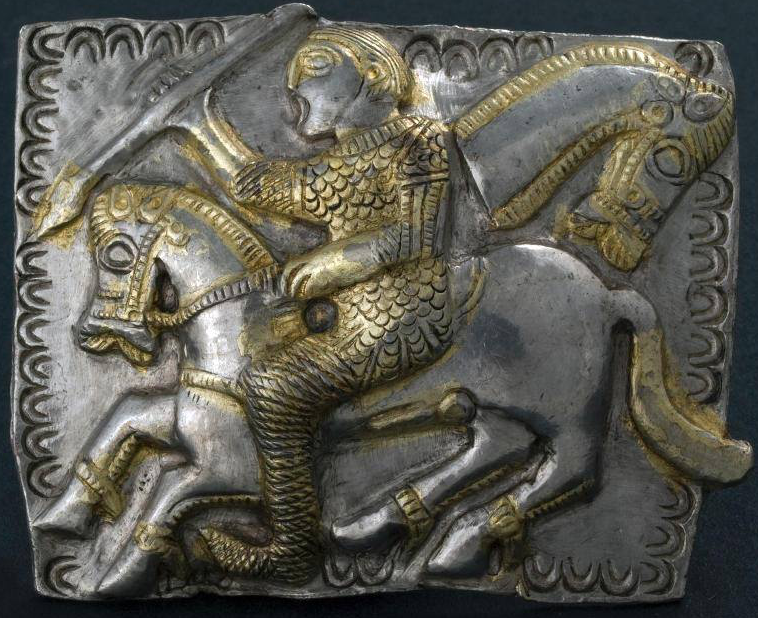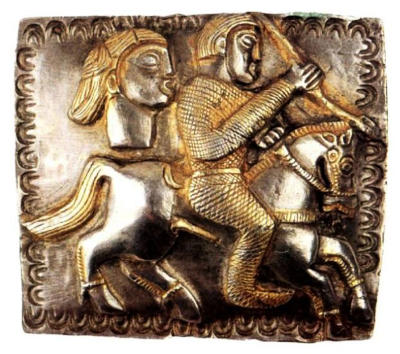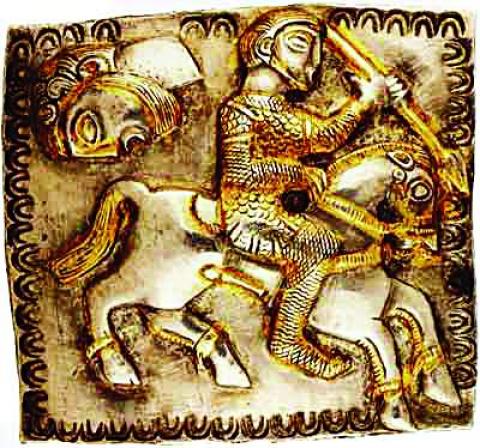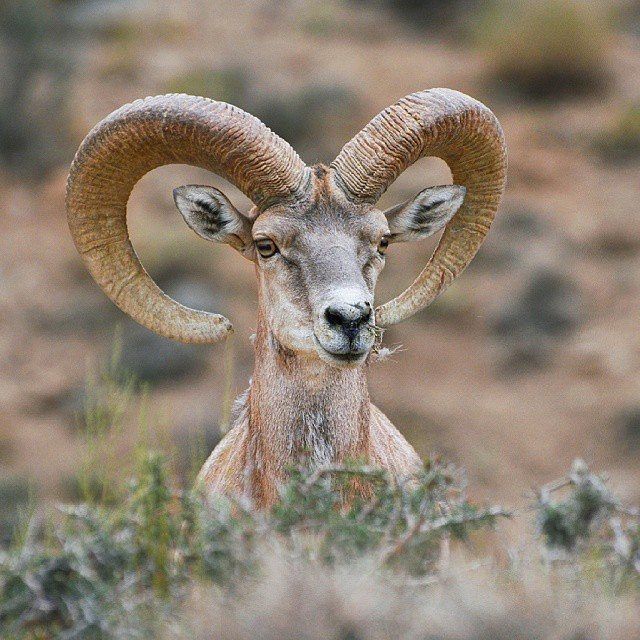
#FolkloreThursday Thread: A man, facing left, his long hair drawn back into a ponytail, makes love to a woman sitting in his lap, her face turned towards him. Behind her back, another woman holds a vessel with drink and what is that thing??? Thracian, 4th c. BC, Bulgaria... 

Officially, this plaque depicts "hierogamy, the sacred marriage between the Thracian king and the Great Mother Goddess"....Hmmm
One of many Thracian metal plaques, mostly depicting horsemen in heavy ( en.wikipedia.org/wiki/Cataphract ???) cavalry armor...
No one really knows what these things represent...



No one really knows what these things represent...




The plaques are part of the so called "Letnitsa Treasure"...
• • •
Missing some Tweet in this thread? You can try to
force a refresh



















